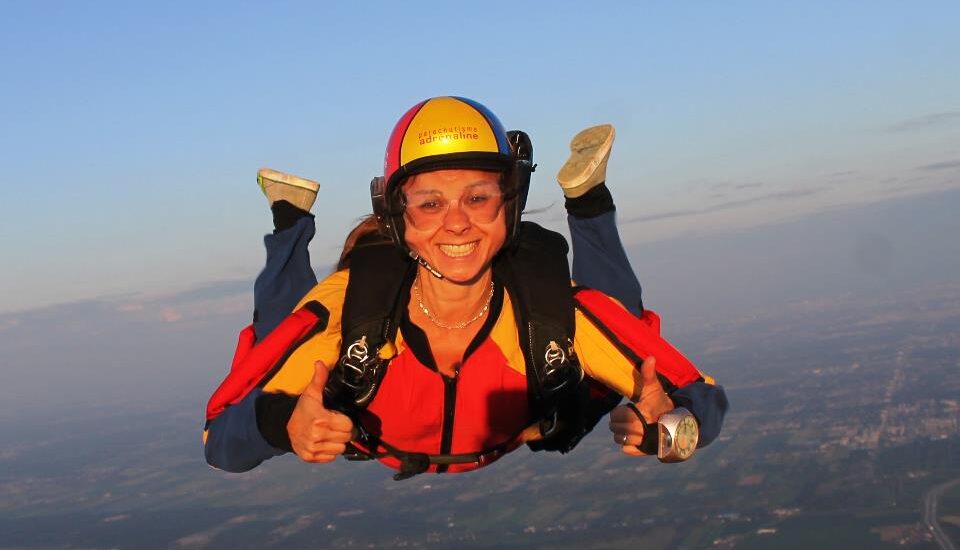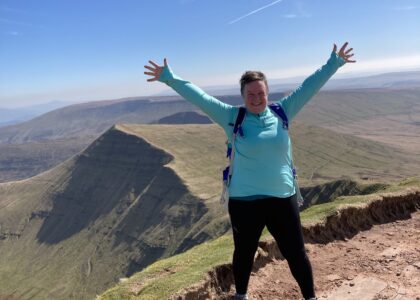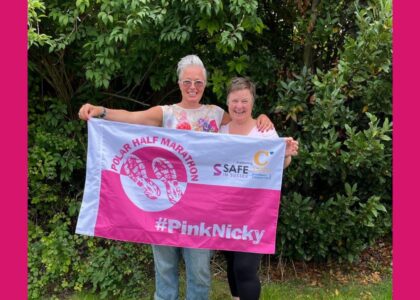Seeing her on screen leading the dozen women in the discussion, sharing her excitement and holding the group in anticipation for her two announcements, I couldn’t help but smile.
This woman had come to see me for coaching during lockdown.
She was struggling with depression and had lost confidence in her ability to do many things.
Many of the options we discussed terrified her, and she felt dread at the idea of making a phone call or contacting people she didn’t know.
We worked through several methods and her confidence grew and grew.
When we worked through her purpose, she lit up, but didn’t believe she could do anything of value with her passion. So we came up with a plan. Each step was marked out in a manageable way. No step was so big that it was scary, and we also found her confidence and made it more available to her.
Within six weeks, she has built a community, engaging over 100 people with her purpose. Doing what inspires her has made her feel braver and more confident to do whatever it takes to make the community a success. I spoke to her after her online meeting and she said she felt like she was walking on air. She had loved every minute of the hour-long meeting. It had showed throughout. She had radiated joy and purpose.
THAT is why overcoming your fears in a safe and gentle way is better than simply feeling afraid and doing something in a frightened state. To feel joy and elation about doing something that you were once scared of is not only possible, it can be enjoyable.
When you feel fearful, your brain is in survival mode. It can only focus on running away or fighting your way out your situation. It’s not a nice way to feel. And because it is a survival response, it makes you listen so you can’t process anything else, like what people are saying to you. You probably can’t think straight, and you make poor decisions, based on your instinct to survive.
So, while you can carry on and do things in this state, it won’t be a lot of fun. You are unlikely to remember it because you don’t lay down memories when you are in survival mode, so you won’t take the learning from your experience, let alone any joy. This is why exposing yourself to the same fear-inducing situation repeatedly isn’t my favoured method (or even one you will ever find me using). It’s also why, if, for example, doing presentations induces your anxiety but you push yourself to present when you have to, you will dread it every time. You actually get better at triggering your fear response, so it’s possible that it gets worse each time, rather than better.
When I worked with skydivers to find out how they managed their fear, they opened my eyes to a completely different way of relating to your survival feelings. When you are falling through the air at high speeds, the ground rushing towards you, you might be forgiven for feeling scared. Learning to find this exciting and fun instead, changed my whole relationship with fear. I’m not certain that I am completely fearless, but I am close. I can choose to be fearless, and I can show you how.

In November, I am running a Fortnight to Fearless programme. If you’d like more information or to chat with me about how this could work for you, get in touch today. I look forward to showing you how to find your fearless!






